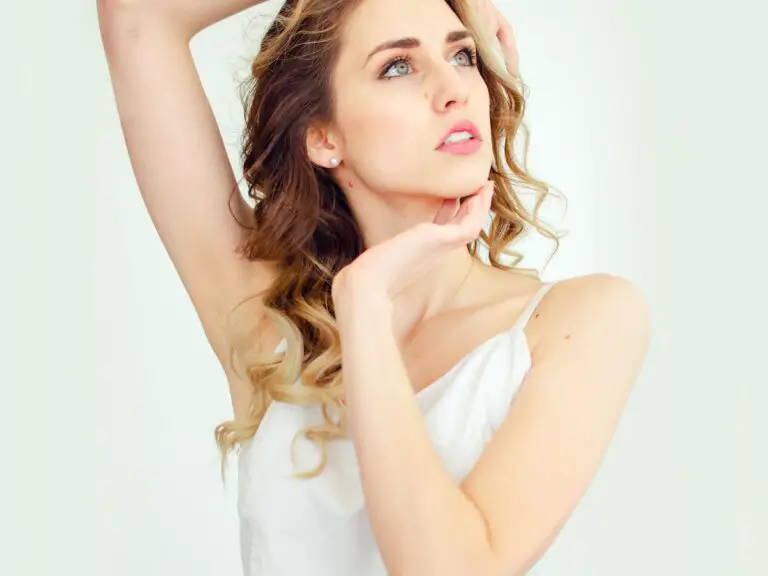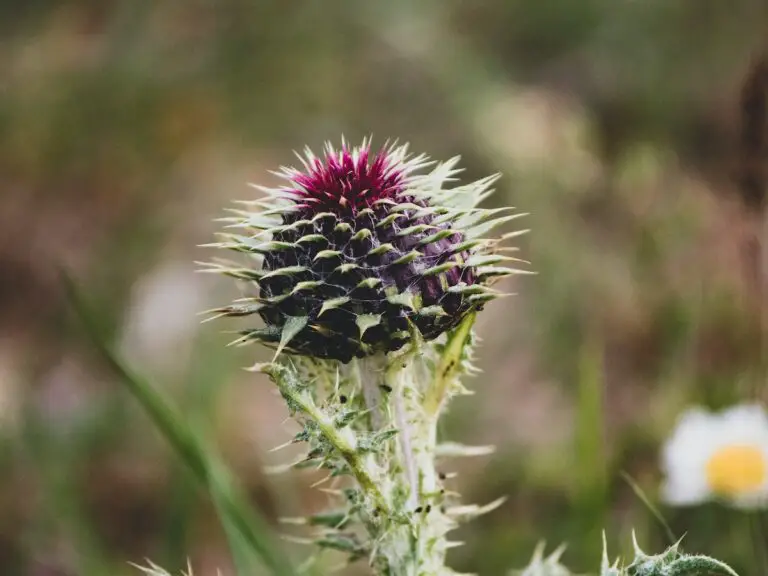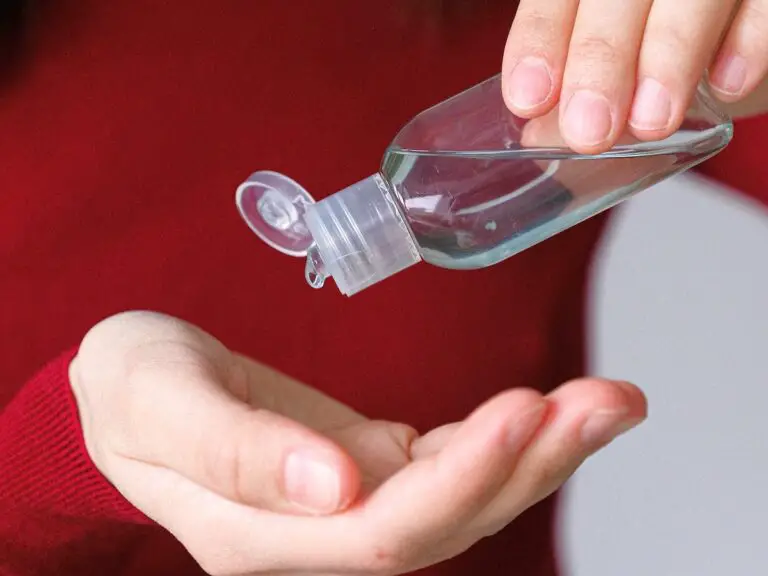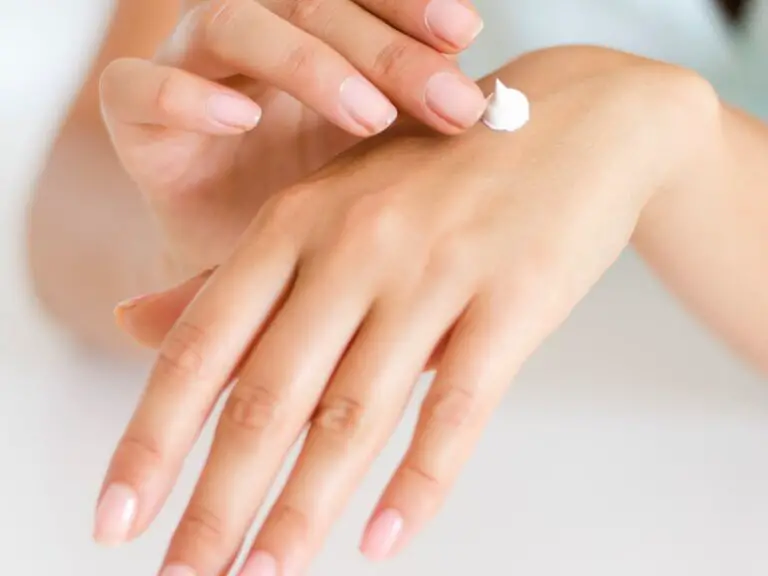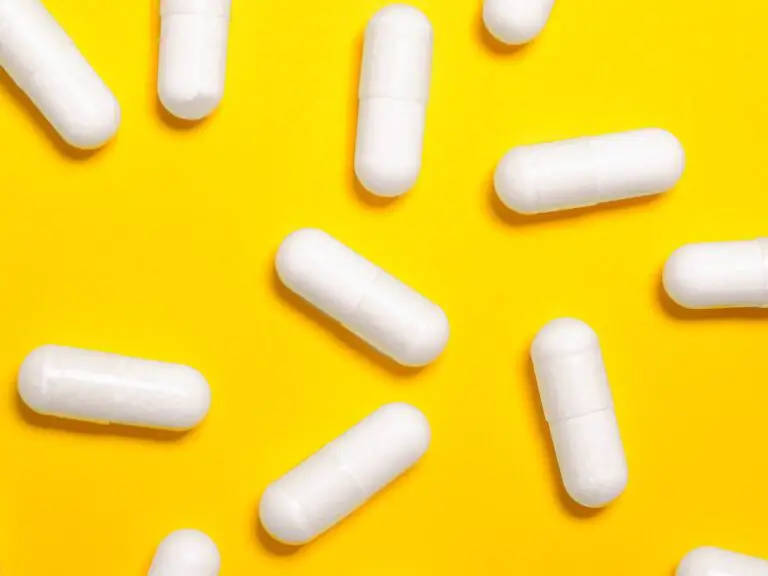How to Use Hibiclens for Acne?
Medically Reviewed by;
Dr. Kashif
General Physician
Senior Medical Writer
Are you tired of dealing with pimples and looking for a solution that works? We have the best tips on using Hibiclens to treat acne, so you don’t need to look any further.
Hibiclens is a strong cleaner that doctors and nurses have used for years. Now you can also use it to get rid of acne.
In this full guide, we’ll look at the science behind Hibiclens, talk about its benefits for acne-prone skin, and show you step-by-step how to use it in your skincare routine. Say goodbye to pimples that won’t go away, and hello to better, healthier skin. This guide will teach you everything you need to know to use Hibiclens as your secret weapon against acne, whether you’re a kid with hormonal acne or an adult who gets occasional breakouts.
So, change your skincare routine and get the skin you’ve always wanted.
Table of Contents
Understanding Acne and its Causes
Acne is a problem with the skin that affects a lot of people all over the world. It happens when oil and dead skin cells get stuck in the hair shafts, which causes pimples, blackheads, and whiteheads. Acne can be caused by hormonal problems, too much oil production, germs, and inflammation. Before finding a good way to treat acne, you must know what causes it. You can buy many things without a prescription, but many of them don’t work well enough to last
How Does Hibiclens Work for Acne Treatment?
Acne can be treated with Hibiclens because it has chlorhexidine gluconate, an antimicrobial that kills bacteria and fungus. When Hibiclens is put on the face, it forms a barrier that keeps acne-causing bacteria from growing. It works by breaking up the cell walls of these bacteria, which kills them in the end. This helps reduce inflammation, stop new breakouts, and speed up the healing of acne spots already there.
Hibiclens not only kills bacteria, but it also cleans the face. It removes dirt, oil, and other impurities, opens up clogged pores, and helps keep oil production in check. This not only stops acne from coming back, but it also makes the skin look and feel better overall.
Hibiclens is also gentle enough to use daily, so people with sensitive skin can use it. But it’s important to remember that Hibiclens is not a cure-all for acne, even though it can help clear it up. It works best when it is part of a full skin care program.
Benefits of Using Hibiclens for Acne Breakout
Using Hibiclens to treat acne has many advantages that stand out from other over-the-counter treatments. First, it has a strong antibacterial effect that gets rid of acne-causing germs and stops new breakouts. Because of this, it works best for people with moderate to severe acne or those who have tried other treatments but haven’t seen any benefits.
Second, Hibiclens has a long-lasting effect, which means it keeps fighting germs for up to 24 hours, even after rinsing it off. This makes it a great choice for busy people who like to keep their skin care practices simple.
Using Hibiclens to treat acne is also very helpful because it can lower inflammation. Redness, swelling, and pain are often signs of acne, which can be physically and mentally upsetting. Hibiclens’s anti-inflammatory properties help calm the face, lessen redness, and ease the pain that comes with acne.
Also, Hibiclens doesn’t dry out the skin, so it doesn’t remove its natural oils. Because of this, it can be used on all skin kinds, even dry and sensitive skin.
Using Hibiclens to treat acne also has the benefit of being flexible. Hibiclens are often used to treat acne but can also be used for folliculitis and skin diseases and even as a wash before surgery. This makes it a product that can be used for more than just treating acne. You can add it to other parts of your skincare routine. However, you should talk to a doctor before using Hibiclens for anything.
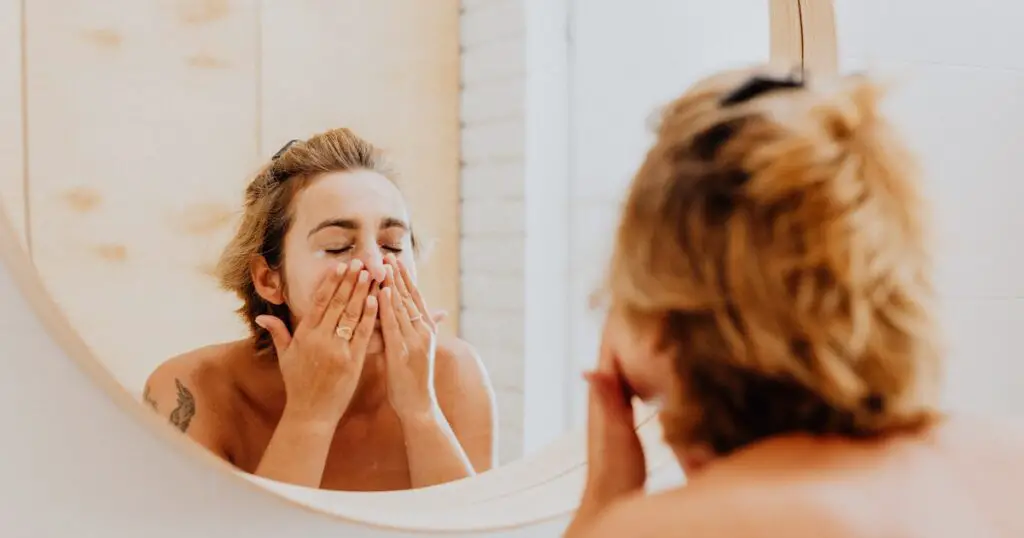
How to Properly Use Hibiclens for Acne Treatment
Now that you know how Hibiclens works and what it can do for acne-prone skin, let’s talk about how to add it to your skincare routine step by step.
Start by putting warm water on your face. This helps to open up the skin’s pores and get it ready to be cleaned.
Put a small amount of Hibiclens or a clean towel on your hands. You only need about the size of a dime’s worth to cover your whole face.
Use gentle circular motions to rub the Hibiclens into your skin. Make sure to cover the forehead, nose, chin, lips, and any other acne-prone areas. Don’t get the fluid in your mouth or eyes.
Keep rubbing for at least 30 seconds to give the Hibiclens a chance to work. This ensures the antibiotic agents get deep into the skin and kill the bacteria that cause acne.
Use warm water to wash your face well. Make sure you get rid of all the Hibiclens fluid.
Use a clean towel to pat your face dry. Don’t rub because it can hurt the skin.
Use a light moisturizer to keep your skin moist and protect it. Look for products that don’t have oil, or that won’t clog your pores.
Note that Hibiclens should only be used once or twice a day. Using it more than that can dry out and irritate your eyes. Also, you shouldn’t use Hibiclens with other acne treatments since this could cause your skin to become too dry or sensitive.
If you have any bad responses or irritation that doesn’t go away, stop using it and see a dermatologist.
Precautions and Potential Side Effects of Using Hibiclens
Hibiclens is safe to use most of the time, but there are a few things to watch out for:
- Don’t use Hibiclens on open cuts, burns, or skin that is broken or has been cut. It is meant to be used outside the body and should not be eaten or put on mucous surfaces.
- Hibiclens may dry out or irritate your skin, especially if you use it too much or have sensitive skin. If you get heat, itching, or pain, reduce how often or stop using it altogether.
- Hibiclens is not suggested for kids under the age of two.
Other Uses of Hibiclens
Even though Hibiclens is best known for fighting acne, it can be used for more than just face care. Hibiclens is used as a wash before surgery to lower the risk of getting an illness. It can also stop skin diseases, like those caused by the staph bacteria, from happening. Hibiclens can also clean small cuts, scrapes, and burns. It can also be used to stop the spread of diseases in homes or hospitals.
But it’s important to remember that Hibiclens should only be used with the help of a doctor or nurse.
Tips for Incorporating Hibiclens into Your Skincare Routine
Here are some more things to keep in mind when using Hibiclens to treat acne:
- Do a patch test: Before you use Hibiclens on your whole face, do a patch test on a small part of your skin to see if you have any allergies or bad reactions.
- Use Hibiclens slowly: If you have sensitive skin, use it once every two days and gradually increase the number of times you use it as your skin adjusts.
- Be consistent: It’s important to be steady when treating acne. Hibiclens should be part of your daily skincare routine, and you should stick with them for at least six to eight weeks to see benefits.
- Don’t use harsh exfoliants: While using Hibiclens, don’t use scrubs or exfoliants that are too rough and could hurt your skin. Instead, choose cleansers and creams that are gentle and good for skin that gets acne.
- See a dermatologist: You should see a dermatologist if you have severe acne or have been using Hibiclens for a long time without seeing any change. They can advise you and help you find the best treatment plan.
Alternatives to Hibiclens for Acne Treatment
Even though Hibiclens is a very good way to treat acne, it is not the only choice. If you want to find other options, here are a few to think about:
- Benzoyl peroxide: This is a popular ingredient in many acne treatments you can buy over the counter. It works by killing the bacteria that cause acne and lowering swelling. But it can dry out your skin and make it sensitive in some people.
- Salicylic acid: This beta-hydroxy acid helps remove dead skin cells and clear pores. It works well on black and whiteheads, but it might not work as well on more serious acne.
- Retinoids: These are made from vitamin A and help control oil production, speed up cell renewal, and lower inflammation. You can get them with a prescription or buy them without one.
- Tea tree oil: It is a natural antiseptic used to treat acne for hundreds of years. It works well to reduce inflammation and stop germs from growing. But for some people, it may cause skin inflammation.
When looking for an option for Hibiclens, you should consider your skin type, how bad your acne is, and if you have any allergies or sensitivities. Talking to a dermatologist is the best way to determine what treatment will work best for you.
Conclusion
Ultimately, Hibiclens is a strong antiseptic product that treats acne effectively and for a long time. Its antibacterial properties kill the bacteria that cause acne, reduce inflammation, and make your face healthier. You can eliminate stubborn breakouts and get healthier skin by adding Hibiclens to your skincare routine.
But it’s important to use Hibiclens correctly and not too much to avoid side effects like dryness or inflammation. Also, it’s not a one-size-fits-all solution, and the effects may differ for each person. You should talk to a doctor if you’re unsure if Hibiclens is right. They can give you personalized advice based on your skin type and needs.
Remember that it takes time and patience to get clear skin. In addition to using Hibiclens, it’s important to live a healthy life, keep good hygiene, and stick to a regular skincare schedule. With hard work and the right plan, you can eliminate pimples and get the clear skin you’ve always wanted.
So, why don’t you just do it? Try Hibiclens and find out how to get better, healthier skin immediately.
FAQs
Hibiclens can treat acne by putting it on the affected skin, lathering it carefully, and leaving it on for at least one to two minutes before washing it off completely. This lets the active ingredient clean the face well and helps eliminate bacteria that cause acne.
The genital area and mucous tissues are not good places to use Hibiclens. It is mostly used to clean the skin on the outside, usually on the body or hands, to help prevent infections. Follow the directions and talk to a doctor or nurse if you have concerns about your intimate areas.
Hibiclens is an antiseptic product that can help clear acne, but it might not work for everyone. It can be gentle on the skin when used as advised, but some people may get dry skin, irritation, or allergic reactions. If you want to know if Hibiclens is right for your skin situation and needs, you should do a patch test and talk to a healthcare professional.
For best results, Hibiclens should not be mixed with anything. Follow the directions the manufacturer gives or, if necessary, talk to a healthcare worker about how to use and dilute the medicine correctly. Adding water to Hibiclens may lose some of its antimicrobial benefits, making it less effective at treating acne.
People may react differently to Hibiclens, but some of the most common side effects are dryness, irritation, or redness of the face. If you have serious or long-lasting side effects, you should stop using the drug and see a doctor. Always follow the directions given by the manufacturer or talk to a healthcare worker about how to use the product correctly and reduce the risk of side effects.
Disclaimer: This article is for educational purposes only, and does not substitute any medical advice. Always consult a qualified healthcare professional for personalized advice before trying new treatments or medications.

General Physician
Senior Medical Writer

